
An extraordinary discovery was made beneath the permafrost of the Canadian Arctic, where scientists unearthed remnants of an ancient glacier believed to be over 770,000 years old. This ancient glacier provides valuable insights into Earth’s climate history, offering a window into the ancient ecosystems and environmental conditions of the past.
Finding the Glacier
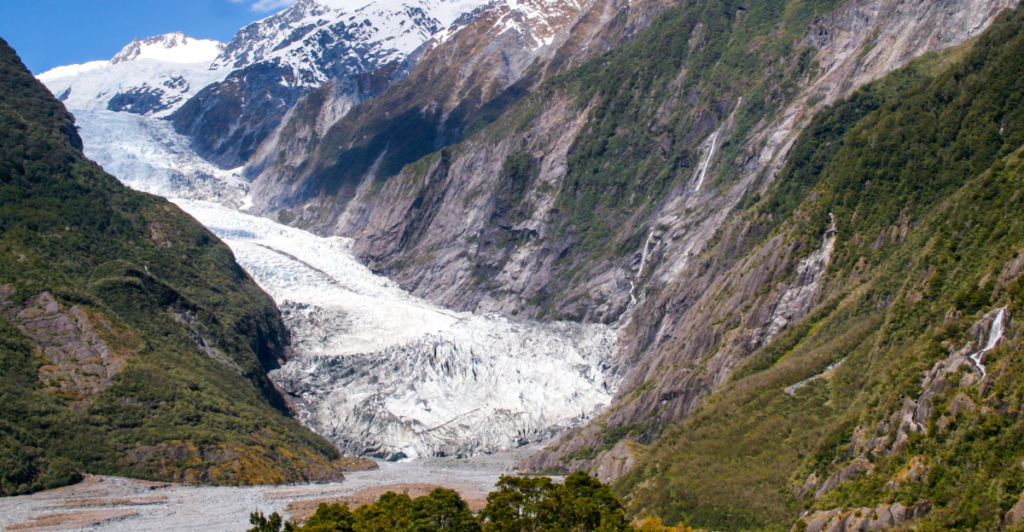
The discovery began in 2009 when researchers led by geomorphologist Daniel Fortier began to study landslides triggered by thawing permafrost. During their expedition, the researchers stumbled upon the remains of an ancient glacier, which contained layers of ice above fossilized forests and organic material over 60,000 years old. Further analysis revealed a magnetic shift in the minerals within the ice, a sign of the reversal of Earth’s magnetic field.
Research Since Discovery
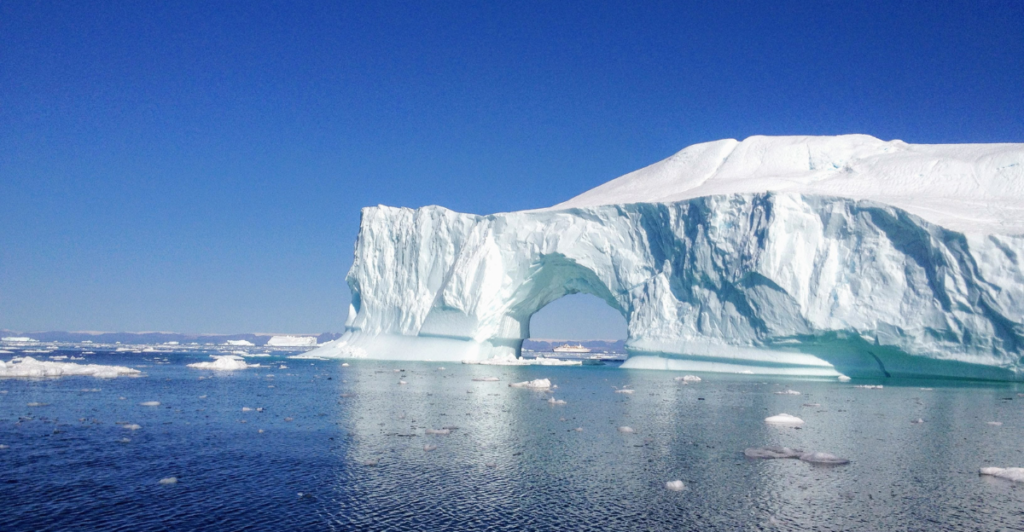
The research team’s leader, Fortier, told Science News, “I was not expecting that at all.” Further research confirmed that the ancient glacier was roughly 770,000 years old. Since the ice had not been touched in nearly a million years, it could provide us with more information about how glaciers formed, evolved, and survived thousands of years past the ice ages. Further research can also reveal more about the organic matter found in the glacier.
The Glacier’s Significance
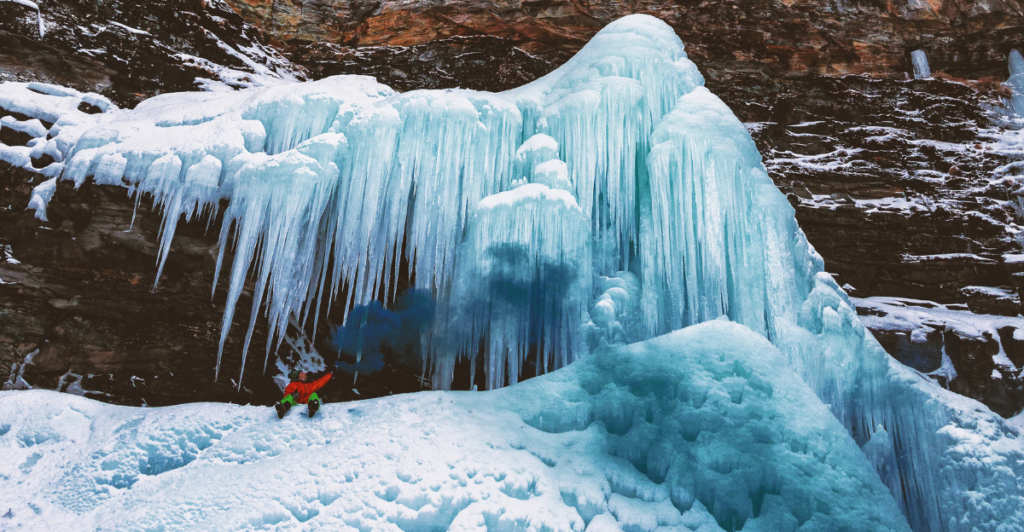
This discovery raises important questions about the resilience of ancient ice, permafrost, and climate and environmental conditions through the ice ages. Despite having endured numerous warming events, this glacier remained intact for over 770,000 years. Therefore, more research still needs to be done to determine what secrets it might hold, but thus far, the ice’s preservation suggests that some regions of the Earth’s frozen landscapes may be more resilient than we previously thought.
Glaciers as Natural Climate Archives
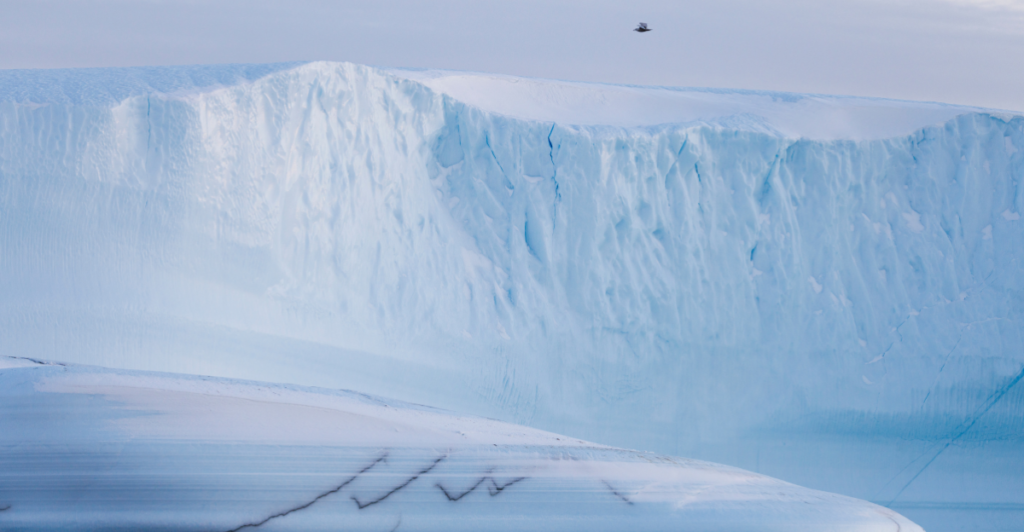
Glaciers are considered “natural climate archives” because they preserve atmospheric particles, organic materials, and microorganisms within their frozen layers. This makes glaciers essential in understanding how climate shifts shaped Earth’s environment, such as glacial and interglacial periods. Scientists can better understand past climate conditions by analyzing glaciers, offering insights into atmospheric composition and temperature fluctuations over time.
What Does This Mean for the Future?
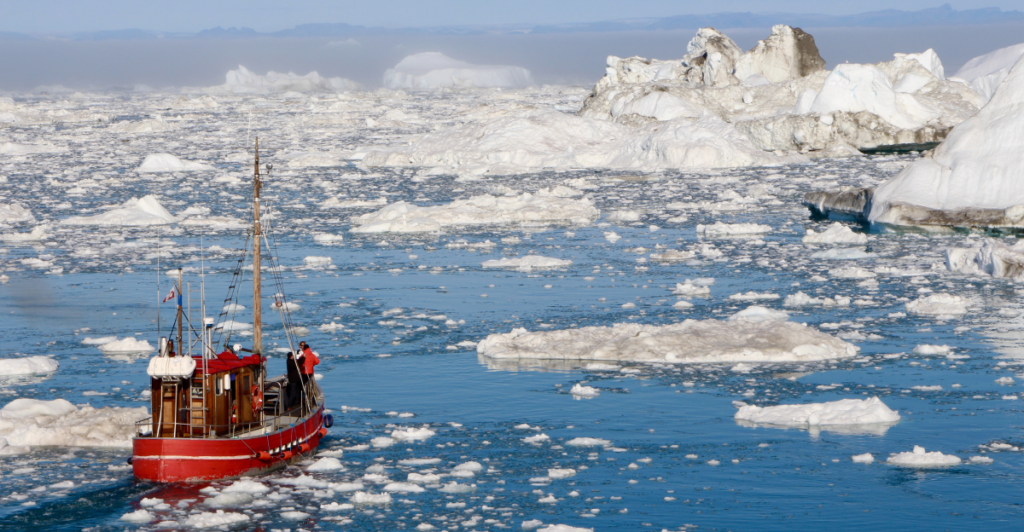
The discovery of this ancient glacier is particularly significant given today’s rapidly changing climate. As modern glaciers melt due to human-driven global warming, scientists can only look to the past to understand how glaciers responded to historical warming trends using technologies like oxygen isotope analysis. The insights gained from ancient glaciers could help predict how current glaciers might react to accelerating climate change.
The Race Against Time – Preserving Ancient Ice
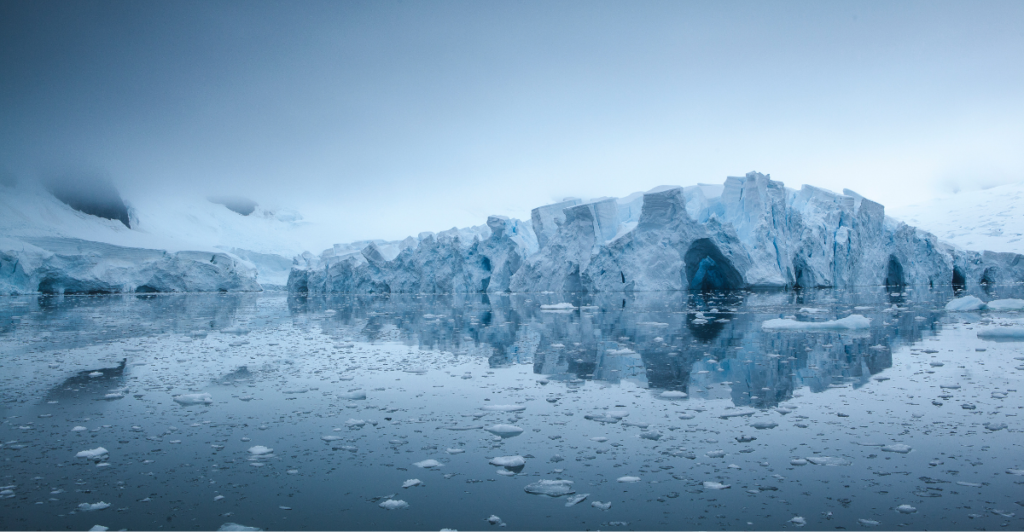
As global temperatures rise, ancient glaciers and permafrost are rapidly melting, making the window of opportunity to study these frozen time capsules smaller and smaller. As researchers race to gather as much data as possible before these unique environmental records are lost, this discovery and study of a 770,000-year-old glacier could provide key insights into preserving Earth’s remaining frozen landscapes.
The Thawing of the Arctic and Its Implications
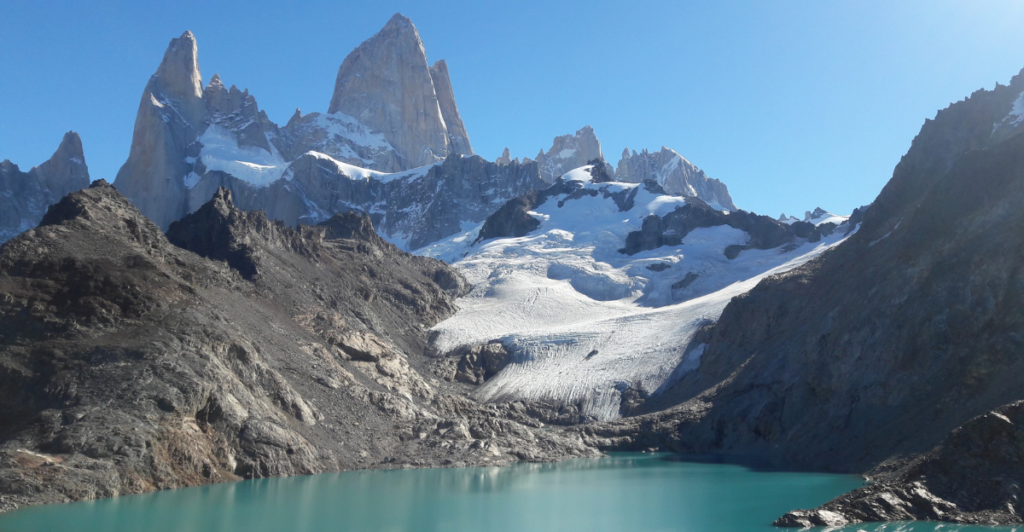
As permafrost, a thick layer of soil that remains frozen throughout the year, thaws in the Arctic, there is a growing concern about its potential to release large amounts of carbon dioxide and methane trapped within the ice, which will only contribute to global warming. Through continuous study of preserved glaciers and other organisms, scientists may gain a better understanding of how permafrost and ice survive warmer climates and how current melting patterns might differ.
Challenging the Notion of “Dead” Ice

Traditionally, we consider glaciers hard, motionless, and lifeless masses. However, discoveries like the ancient ecosystem beneath the Antarctic glacier challenge this notion because they show that even seemingly inhospitable environments can contain life. The presence of microbes in the ancient glacier highlights an ability to survive extreme conditions, challenging our understanding of the past and potentially expanding our knowledge for the future.
Ancient Ecosystems as Time Capsules
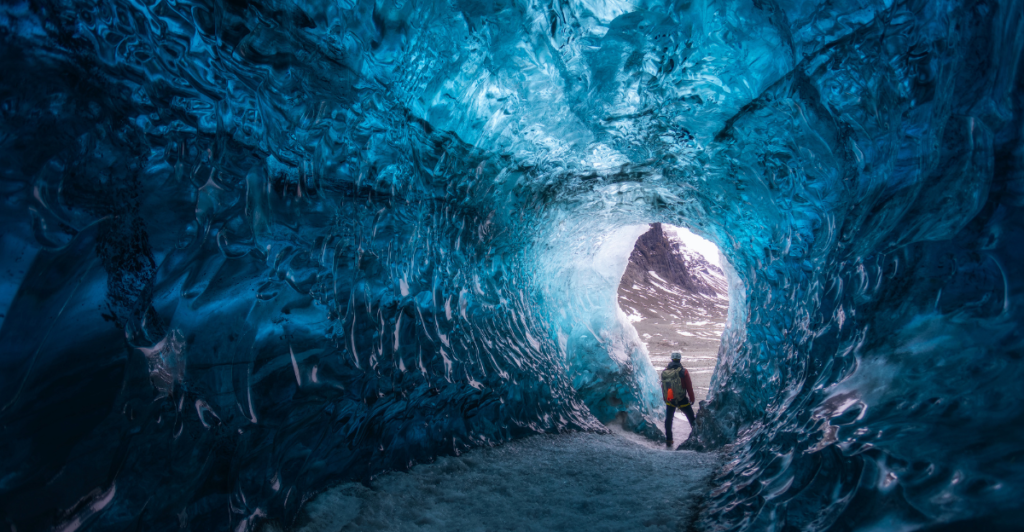
A key takeaway from the 2009 discovery is that unearthing ancient glacier remnants could lead to discovering new microbial species and other ecosystems that have evolved in isolation, which could provide valuable insights into survival and what species and ecosystems existed hundreds of thousands of years ago. Naturally, as glaciers melt, they reveal artifacts from ancient ecosystems and civilizations, offering a glimpse into human history and how past societies interacted with their environments.
Impact on Biodiversity and Conservation
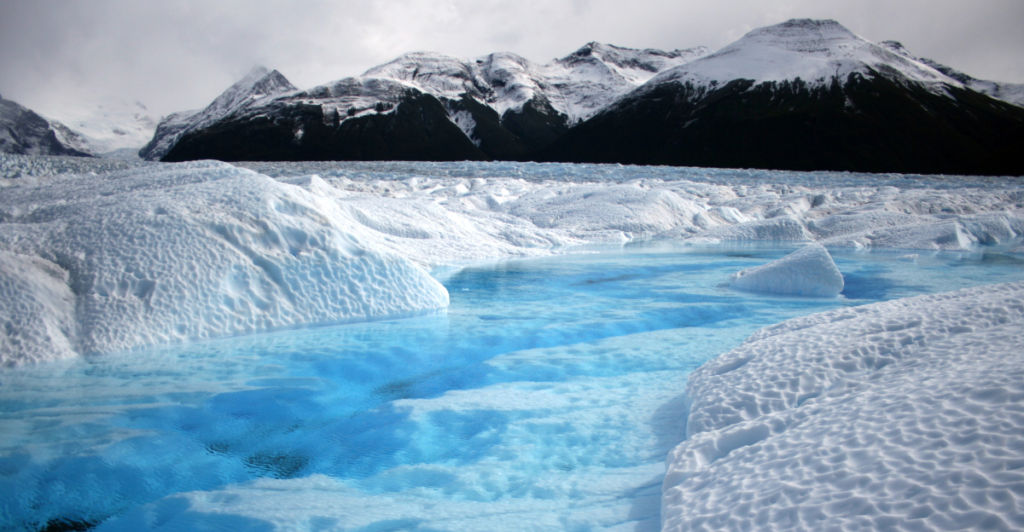
This discovery is both a scientific breakthrough and a stark reminder of the fragility of Earth’s frozen landscapes. Studying ancient glaciers provides insight into strategies for conserving biodiversity in rapidly changing environments. Additionally, understanding how ecosystems adapt to extreme conditions can improve our conservation efforts. As scientists continue their work, this discovery highlights the urgency of addressing climate change and protecting the delicate ecosystems that inform us about Earth’s past and future climate dynamics.
Similar Historical Discoveries
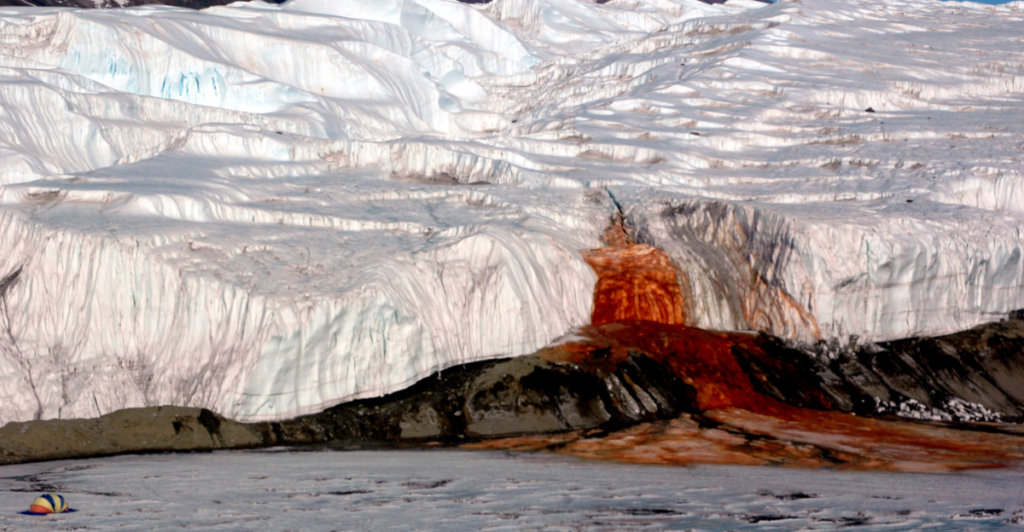
Similar discoveries that contribute to our knowledge of the past and our ability to predict the future include the discovery of a briny ecosystem beneath the Taylor Glacier, which has been isolated for millions of years. In 1911 Thomas Griffth Taylor discovered a five-story waterfall in Antarctica known for its blood-red color. At first, the water’s color was attributed to red algae, but it was later found to be due to iron oxides. This discovery is a powerful example of how ancient glacier remnants can reveal unique ecosystems that have evolved independently.
The Ecosystem in the Glacier
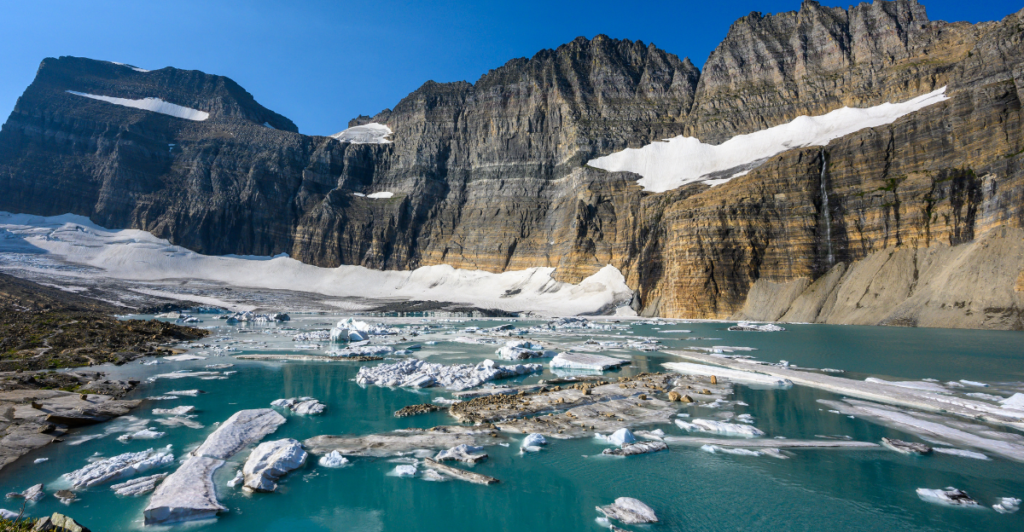
The importance of discoveries like the 770,000-year-old glacier cannot be understated, as they can provide a wealth of information about the past and help inform our future. Not only do glaciers inform us of long-term environmental changes, but they also present us with the opportunity to study and better understand entire ecosystems. The rapid retreat of glaciers worldwide highlights the urgency and importance of studying these ecosystems before they are lost forever.







